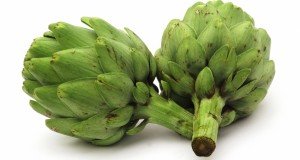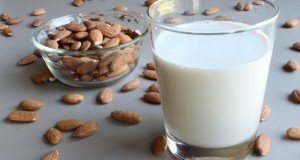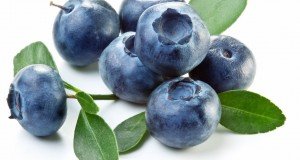Nonalcoholic fatty liver disease on the rise in kids as young as 8 years old
(NaturalHealth365) Nonalcoholic fatty liver disease is a condition most commonly associated with the effects of an unhealthy lifestyle as an adult. However, a study of children led by Harvard Medical School based on Project Viva of Massachusetts is now showing a link between childhood obesity and juvenile liver health problems.
The research, published in the Journal of Pediatrics, shows a link between childhood obesity and liver health in kids as young as just 8 years old. A larger waist circumference at age 3 caused an increased likelihood that by the time the child reaches the age of 8, they will have the markers of nonalcoholic fatty liver disease. (Clearly, the signs are there – we just need to pay attention)
Nonalcoholic fatty liver disease affects over 80 million Americans
Higher rates of childhood obesity are leading to alarming incidents of nonalcoholic fatty liver disease (NAFLD) children. And, as most health-minded parents are aware: obesity can pave the way to type 2 diabetes plus a wide variety of metabolic conditions in children.
However, most are not aware of the increased risk for nonalcoholic fatty liver disease. NAFLD is the presence of excess fat in (and around) the liver. This triggers inflammation that can lead to liver damage.
In fact, it’s the most common chronic liver condition in children and affects around 80 million people in the U.S.
The problem is: NAFLD is basically symptomless – making it difficult to detect by conventional medical methods. Yet, its progression can lead to cirrhosis of the liver – a condition characterized by scarring of this crucial organ.
It should also be noted that: this ‘silent killer,’ in many cases, can lead to liver cancer. The good news is: all of this is avoidable – with the right information and an ability to take action.
Childhood obesity raises risk of nonalcoholic fatty liver disease by 35 percent
Most liver disease studies have been focused on adults. However, the insights gleaned about liver disease in children can assist with creating a foundation of health that continues into adulthood.
For the research, 635 children from the Project Viva study of Massachusetts were tracked. The researchers measured levels of the liver enzyme ALT; ALT is an indicator of liver damage if levels are elevated.
It was found that by the age of 8, nearly one-fourth of the children already showed elevated ALT levels. Those who showed a larger waist circumference and other signs of obesity at the age of 3 and beyond were more likely to have elevated ALT levels and an increased risk of liver disease by age 8.
In all, obese children were 35 percent more likely to have elevated ALT levels. Imagine if we could just teach all of these kids (and parents) about the effectiveness of switching to a fresh food diet – loaded with lots of organic vegetables and fruits. (how many lives could we save?)
The findings highlight the importance of instilling healthy eating habits in kids from a young age. Not doing so opens them up to the negative health effects of excess weight and obesity. This can cause inflammation in the body that can lead to liver disease in childhood.
There are MANY natural ways to support great liver health
The best ways for both children and adults to avoid fatty liver disease include avoiding processed food, staying active and maintaining a healthy weight. Taking herbs like milk thistle can also help to support ongoing liver health.
For more information about the study – referenced here – it’s called, “Associations of Early to Mid-Childhood Adiposity with Elevated Mid-Childhood Alanine Aminotransferase Levels in the Project Viva Cohort,” and was supported by Harvard Medical School, the NIH and several other Boston medical facilities.
Sources for this article include:











